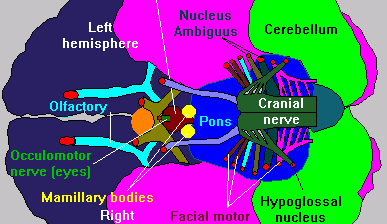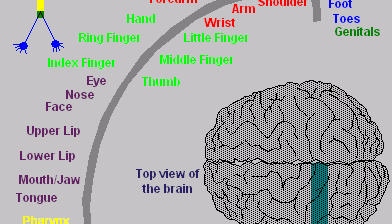Category Archives: Neural Networks
29 Aug Black Boxes: Specialized Areas of the Brain
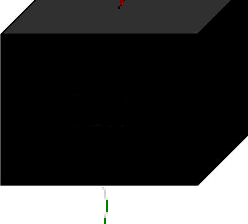
The Black Box Black Box is a term used to describe a mechanical device that does something inside, but whose functions are not visible from the outside. Specialized areas of the brain may operate as black boxes. Activation flows in and activation flows out, and what happens inside may have no direct affect on other […]
27 Aug Brain Correlation Processes

Many computer systems focus on a single capability, one task or just one dimension of a complex process. Sentient brain activity is an example of a complex process with many dimensions. Optical character recognition, such as identifying a capital “Q” on a piece of paper, is an example of a problem with three dimensions: Length, […]
24 Aug Coordinating Neural Pathways
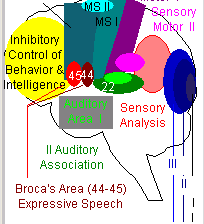
Specialization & Cross-Over A great deal of functional specialization and cross-over is evidenced in the brief summary in the table on functional morphology and descriptions of the areas of the brain covered in my last post. In fact, the extent to which many areas specialize is understood in minute detail, even to the functional segregation […]
23 Aug Specialized Instruments – Brain Areas
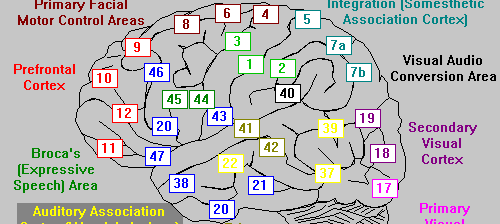
Finding Functions on a Map Much of what we know about the functions of areas of the brain was discovered by Korbinian Brodmann in the early 1900s. He mapped the brain by sticking in many electrodes, eliciting cognitive responses such as making a sound or showing an image to trigger perception, and monitoring electrical activity. Now, […]
18 Aug Neuromorphic Computing
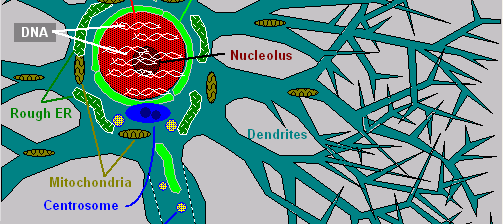
To Mimic is Human When is imitation not flattering or sincere? I try to be sincere in my blogging, and I have tried not to unnecessarily emphasize the computing ability of the human brain, but the whole point of this blog is to imitate it using computers. A neuromorphic (resembling the brain and/or neurons) computing model […]
17 Aug Stimuli
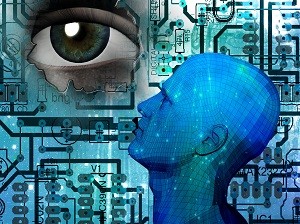
Responses to Stimuli When we speak of computational systems, we use words like “input” and “output” and “program“. When computers become able to communicate, understand and process knowledge in context, will we use different words: words that are more anthropomorphic? I’ve been playing with anthropomorphic concepts with MIPUS. In today’s post I will draw us […]
11 Aug Emotion – The Perturbable Mr. Amygdala
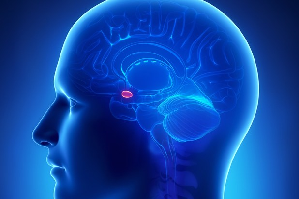
Fear and the Amygdala Have you ever been asked not to be so emotional, or on the contrary, to show more emotion? Or have you been asked to suppress a specific emotion, such as fear? I recall a scene from an Indiana Jones movie in which, after a scene of amazing heroics, a pilot tells […]





